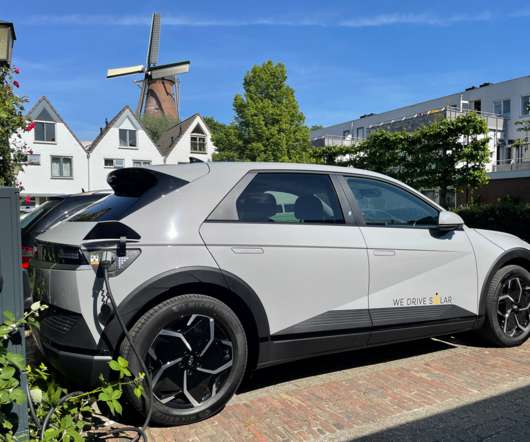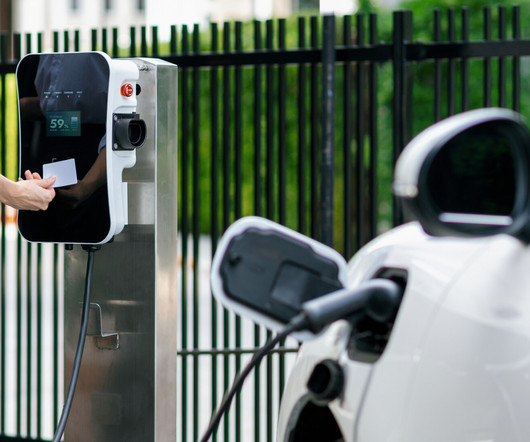New maps give Europeans close-up picture of air pollution from diffuse sources
Green Car Congress
MAY 26, 2011
New online maps published by the European Commission and the European Environment Agency, in close cooperation with the Institute for Environment and Sustainability (IES) of the Joint Research Centre, allow citizens to pinpoint the main diffuse sources of air pollution, such as transport and aviation. Click to enlarge.












Let's personalize your content